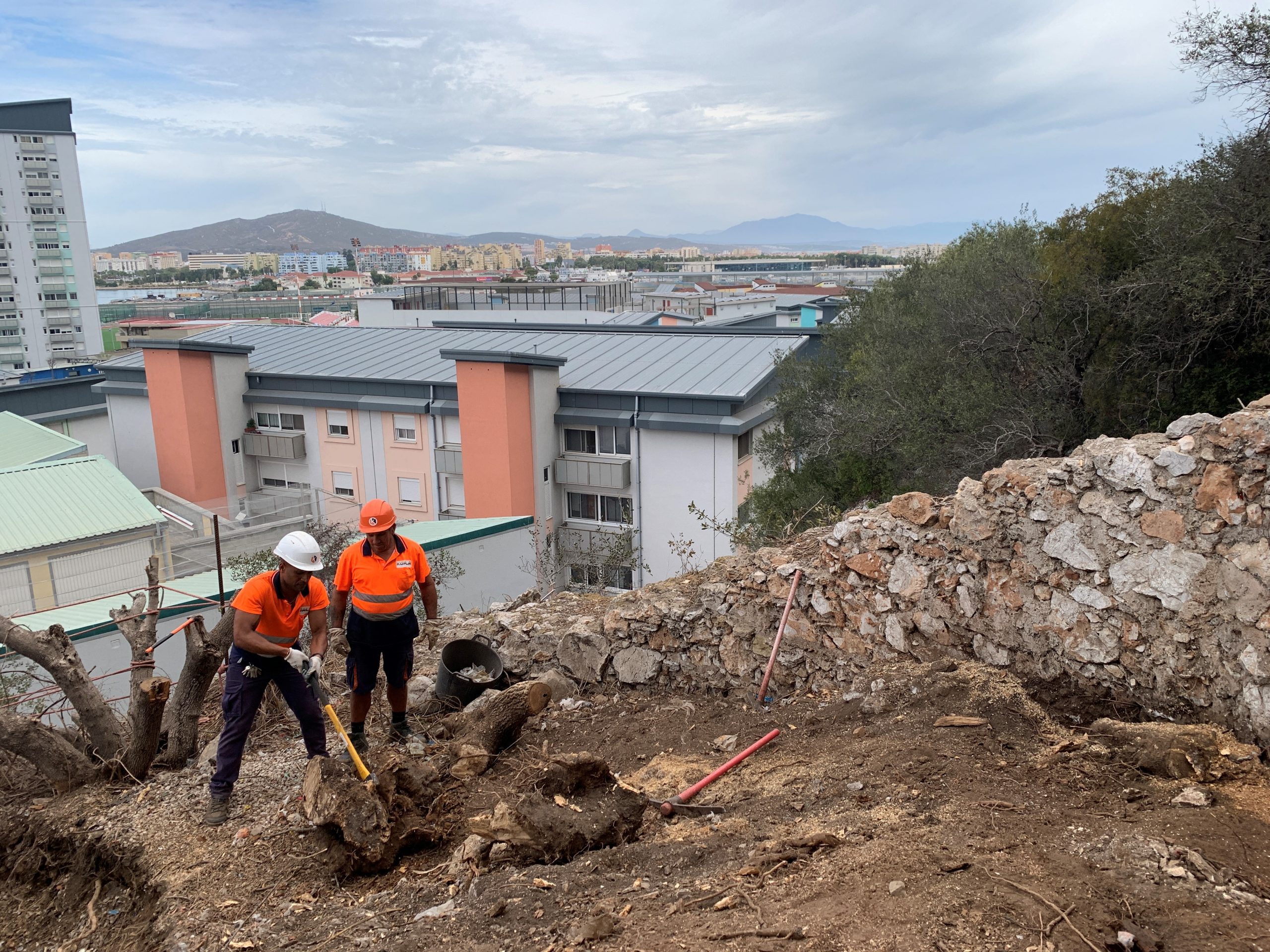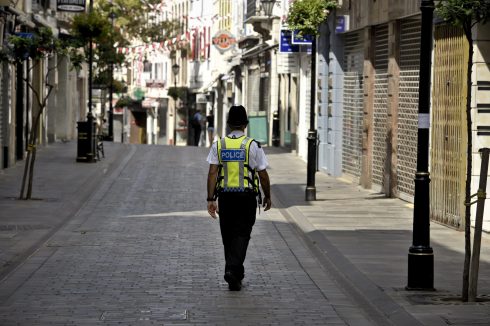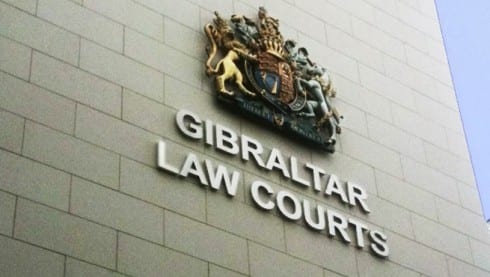A 300-year-old mystery has been solved by Gibraltar historians exploring the Northern Defences.
The discovery of the remains of a Round Tower has revealed more about the Rock’s unique military history.
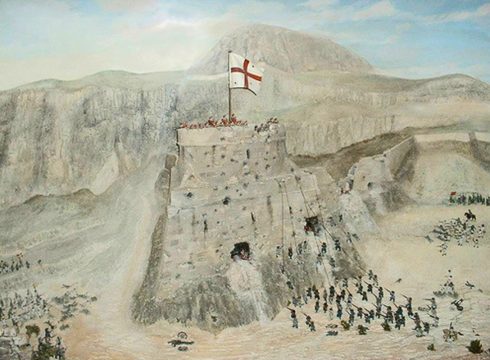
“The importance of the Round Tower lies in the fact that it was the only part of the fortress to fall to hostile Spanish and French troops,” said the Gibraltar Government.
“It was also the last time that hostile forces set foot in Gibraltar.”
At first it was thought that the Round Tower was located underneath what is now Forbe’s Battery.
However, a team of researchers helped out by the University College London found new evidence that led to a new site being excavated.
The attack on the Round Tower took place six months after the capture of Gibraltar by Anglo-Dutch forces in 1704.
The Spanish historian Ayala described how 300 French grenadiers supported by Spanish infantry stormed the tower on February 7, 1705.
Although the Spanish managed to take the tower, they were repulsed by fierce fighting followed by a ceasefire.
Gibraltar remained British and nothing came of the daring attack.
New clues
Historians picking over clues about its location started digging up a site overlooking Laguna Estate.
“Maps which indicated lines of ‘communication to the Tower’ and ‘path to the old tower site’ became the subject of renewed interest,” said the Gibraltar Government.
“There is a rocky outcrop in the Northern Defences which juts out and provides a blind spot to the defenders to the south of the Orilion fault.”
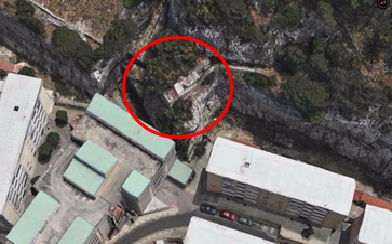
The Northern Defences Project, led by Carl Viagas has slowly unearthed the path and then the foundations of the tower.
“Carl has done a magnificent job in sifting through both the written and physical evidence in order to get to this find,” said Deputy Chief Minister Joseph Garcia.
“The Northern Defences Project is one where I have taken a keen interest.
“Witnessing the unveiling of such remains, which before I had only read about, is incredibly rewarding.”
The site could soon become another jewel in Gibraltar’s varied historical heritage.

